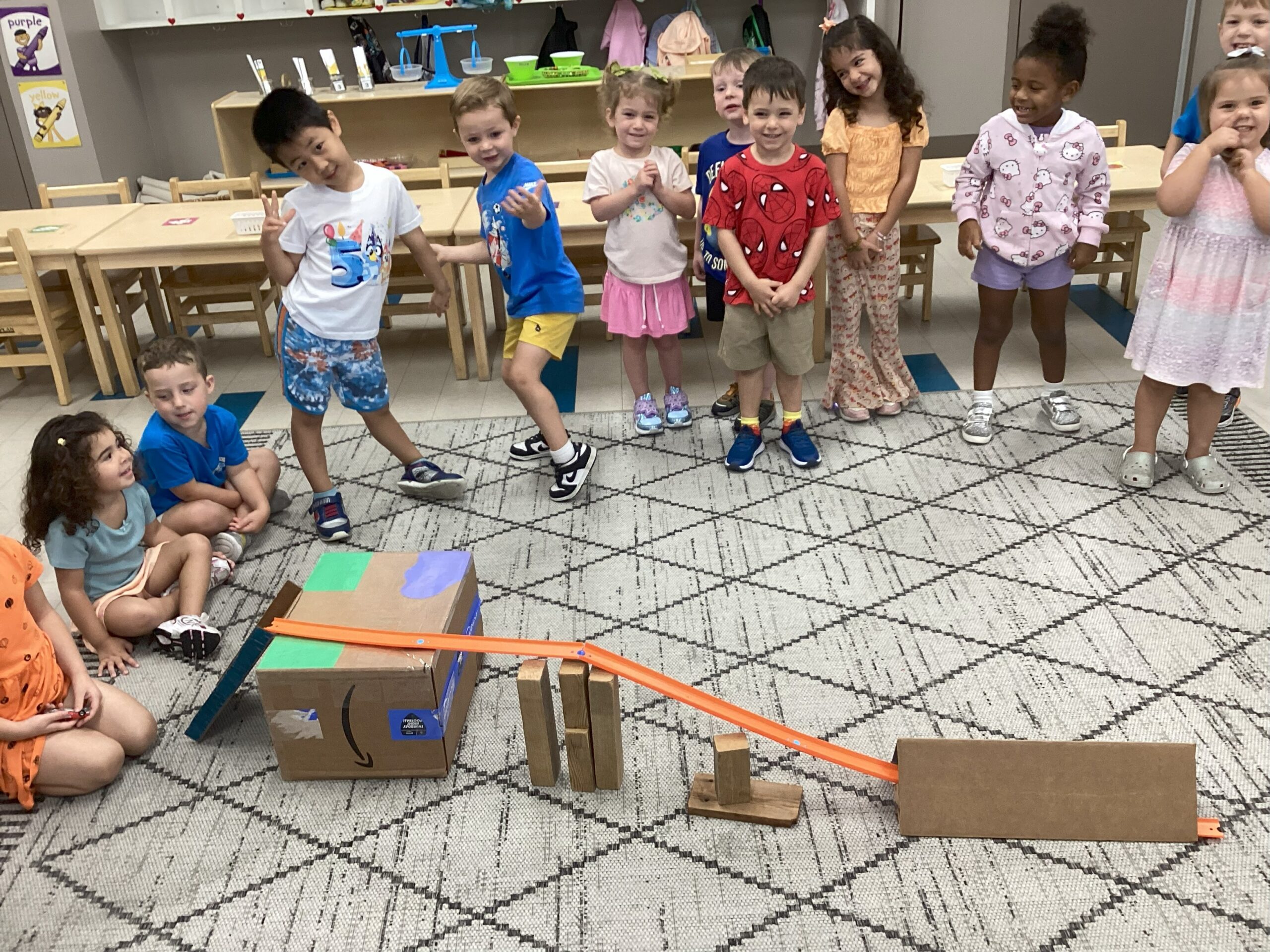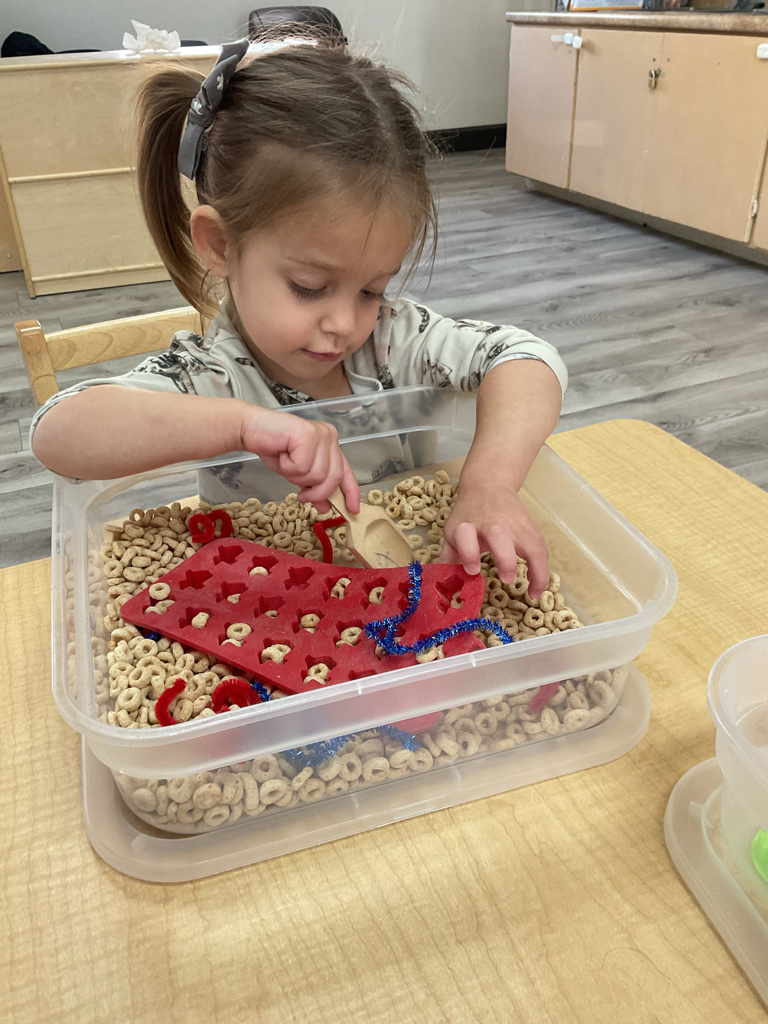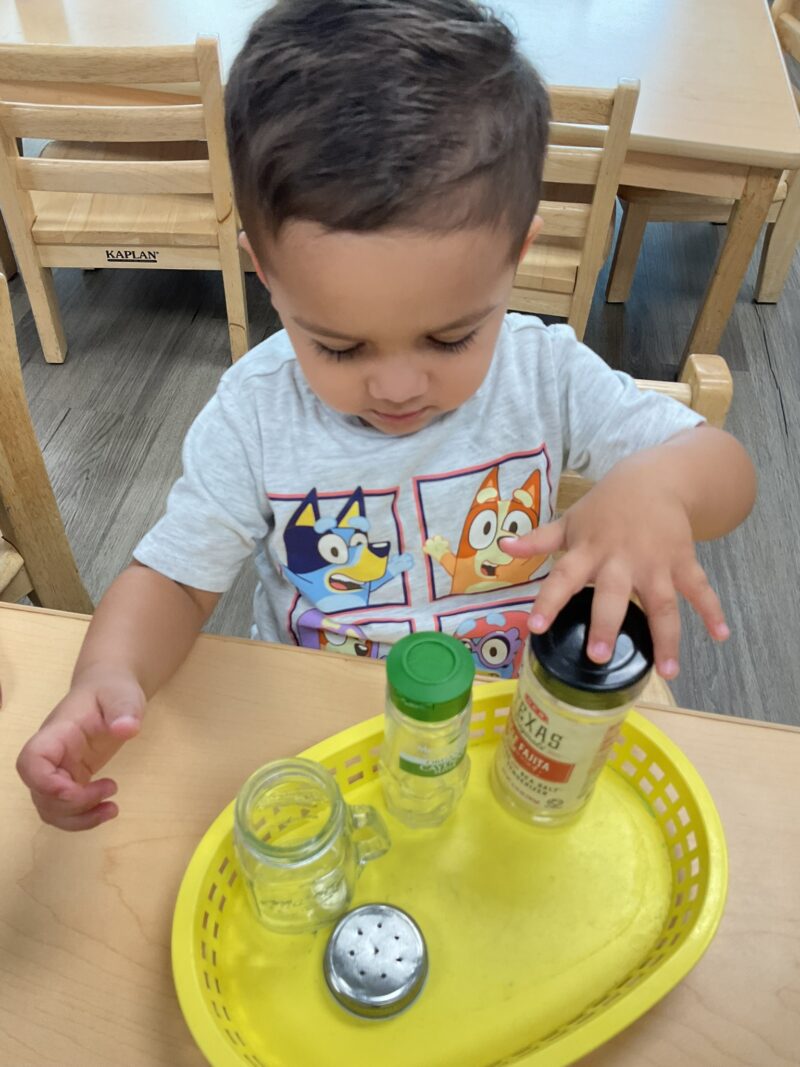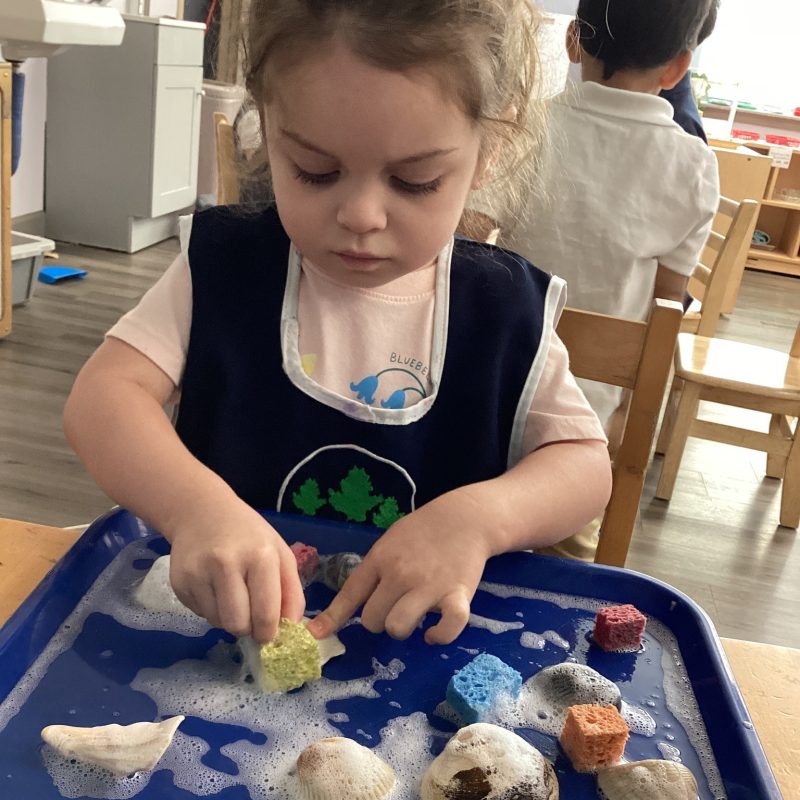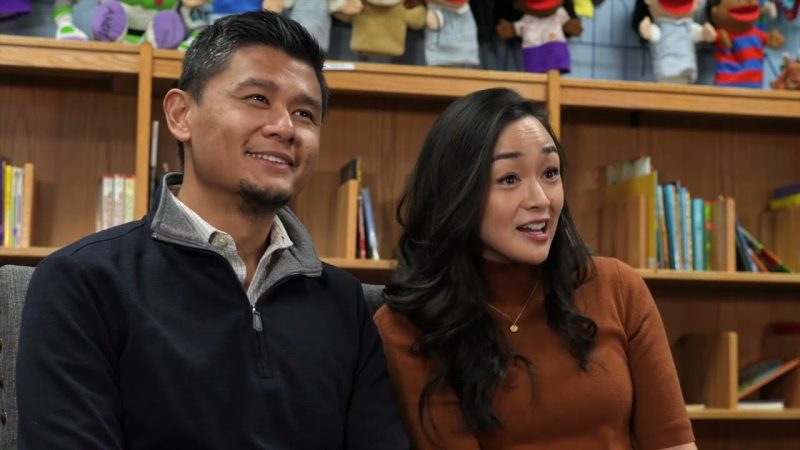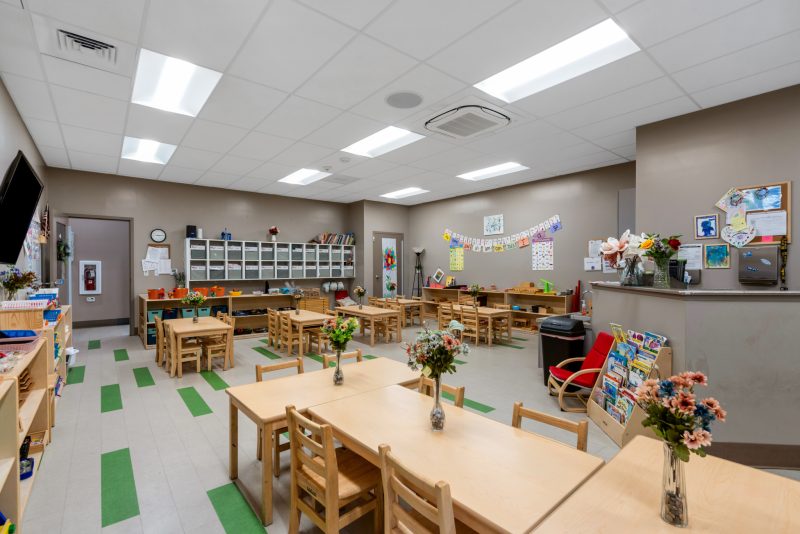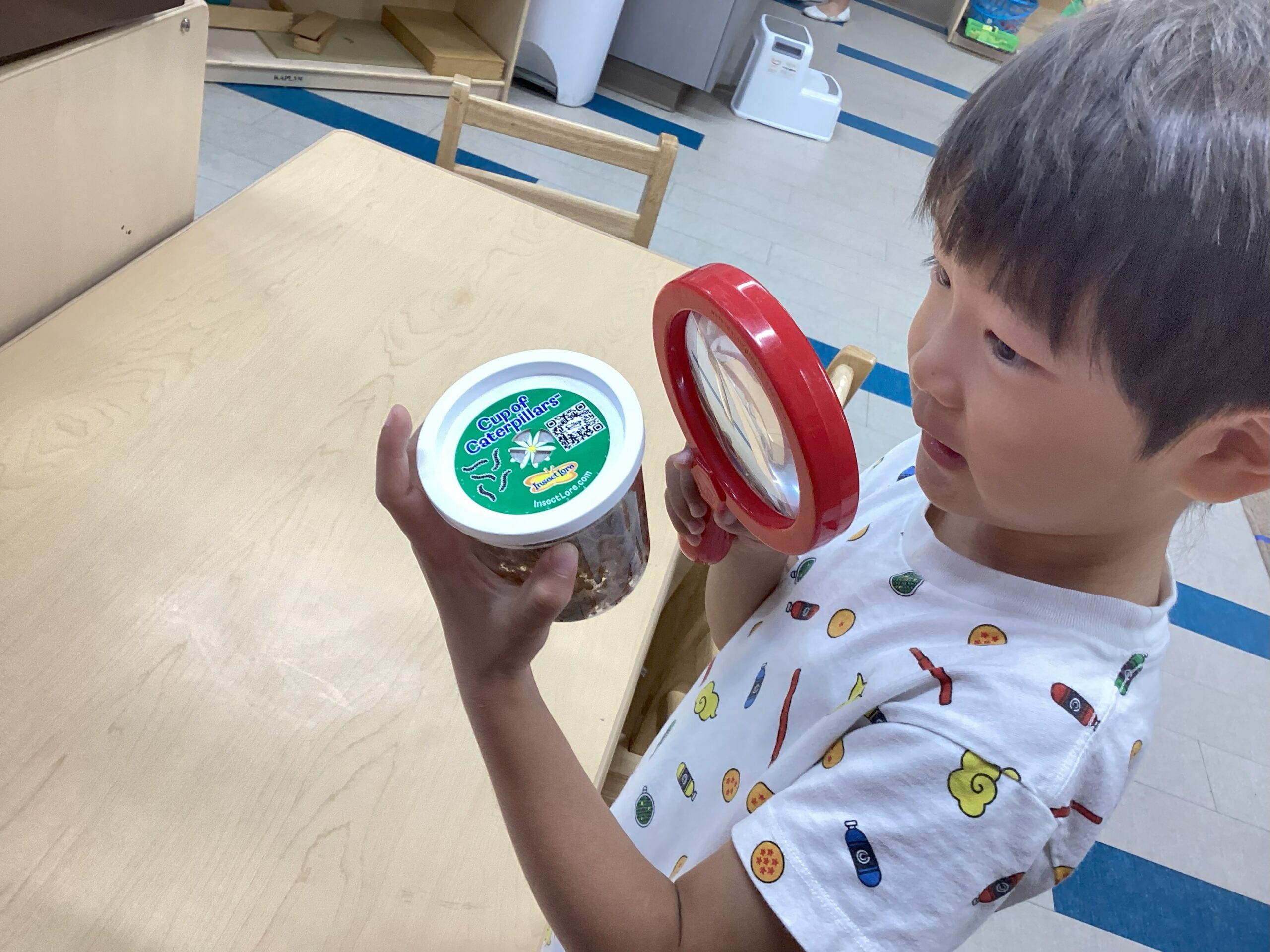
We’re All Learning AI — Even Parents
You’ve probably used ChatGPT by now — maybe to plan a trip, write a quick email, or look up something your child asked. AI has quietly become part of everyday life, shaping how we communicate, learn, and make decisions.
But here’s the thought that inspired this post: If adults are learning to use these new tools, it’s natural to wonder what this means for children.
Should preschoolers be “learning AI” too?
And if so, what does that even look like in an early childhood setting?
The Montessori View: Teach Thinking, Not Technology
In Montessori classrooms, learning starts with hands-on experience, not screens.
Children pour, sort, build, and observe. They make choices, notice results, and learn from them.
That process — curiosity, exploration, and feedback — is also the foundation of artificial intelligence.
In simple terms, AI learns by recognizing patterns and improving through feedback.
Preschoolers do the same, every time they test an idea or adjust their approach.
The lesson here isn’t that children need computers to learn about AI.
It’s that they already learn the way intelligence grows — naturally, through curiosity.
What “AI Learning” Really Looks Like in Early Childhood
AI education for young children doesn’t mean coding apps or robotics kits.
It means nurturing the same thinking patterns that help both humans and machines learn.
Here’s how those show up in daily Montessori routines:
- Pattern recognition: Sorting colors or matching shapes teaches children to notice relationships.
- Sequencing: Following steps to make a snack or clean up builds logical order.
- Feedback loops: When a child pours, spills, and tries again, they’re learning from outcomes.
- Language and storytelling: Asking and answering questions develops reasoning and understanding.
In these small, purposeful moments, children build the foundation of lifelong learning — without needing a single device.
Curiosity Is the First Intelligence
When a child asks why, they’re already doing the work of a scientist, a thinker, and yes, even a data analyst.
Curiosity is what turns simple observation into understanding.
In early childhood, curiosity isn’t just cute — it’s cognitive training.
Each question, experiment, and discovery builds neural connections for reasoning, empathy, and creativity.
That’s the kind of intelligence that technology can’t replace.
The Role of Teachers and Parents
In early learning, the adult’s role is to create the right environment — one that invites questions instead of giving quick answers.
Teachers observe more than they lecture. Parents guide more than they correct.
When adults slow down to let a child think, they send a powerful message:
“Your thoughts matter. Keep exploring.”
That mindset — confidence through inquiry — is what will help children thrive in a world filled with intelligent systems.
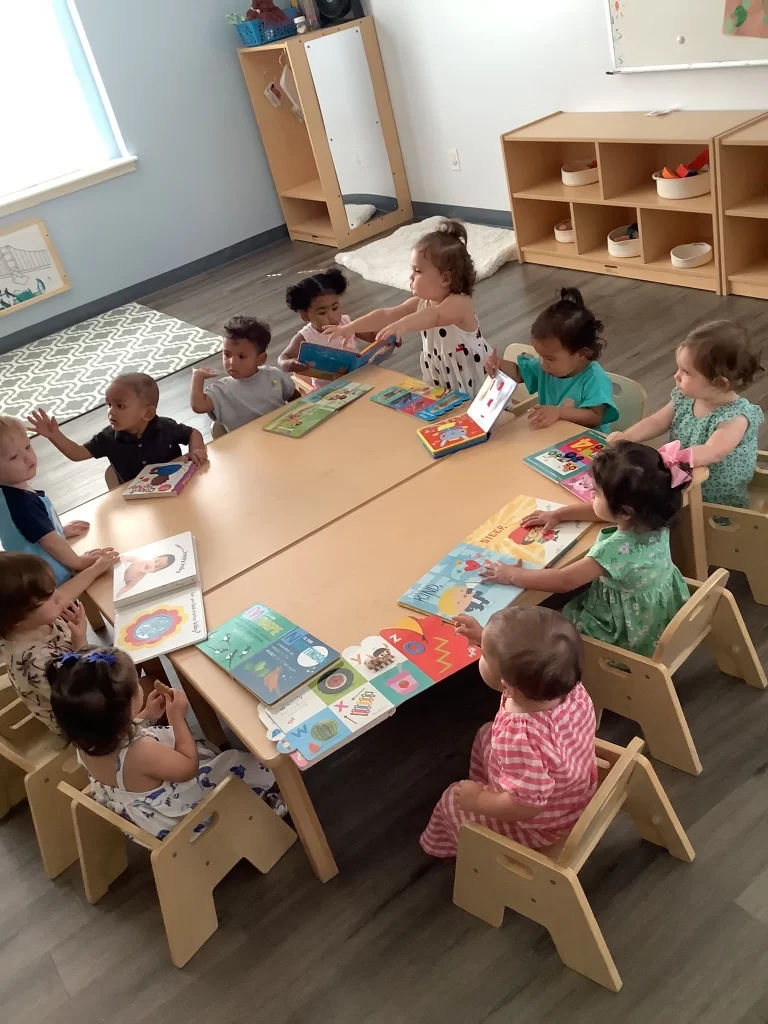
Balancing Curiosity and Technology
Technology can be powerful when used intentionally. For older children, AI tools might one day personalize reading or language experiences. But in preschool, intelligence is still physical, sensory, and emotional.
That’s why Montessori learning emphasizes:
- Real materials over screens
- Process over product
- Curiosity over consumption
When children explore the real world with their own hands, they’re developing the foundation that technology alone can’t provide — intuition, empathy, and judgment.
Preparing for the Future by Protecting Childhood
Artificial intelligence will keep evolving. But the qualities that make humans truly intelligent — curiosity, adaptability, and compassion — remain the same.
The best preparation for a child’s future isn’t learning more technology. It’s learning to think clearly, to ask questions, and to stay curious even when the world moves fast.
When we give children the time and space to explore, they grow into adults who can use technology wisely — instead of being used by it.
Final Thought
When parents use AI tools to make life easier, they’re really practicing curiosity — asking better questions and interpreting better answers.
That’s the same skill we want to see in children: a willingness to explore, to ask, to wonder.
Preschoolers don’t need to learn AI. They need the space to think like intelligence begins — through curiosity, reflection, and play.
